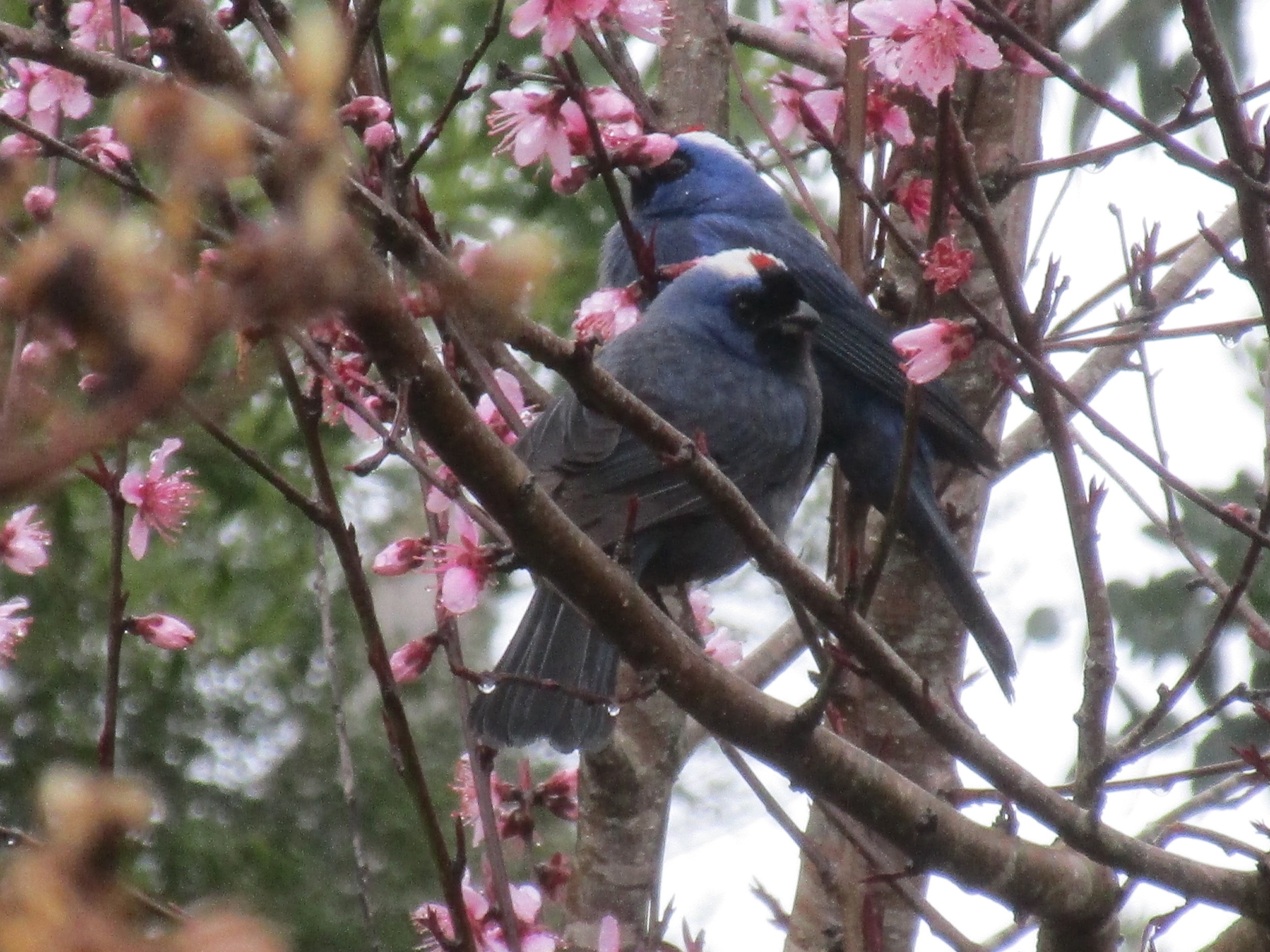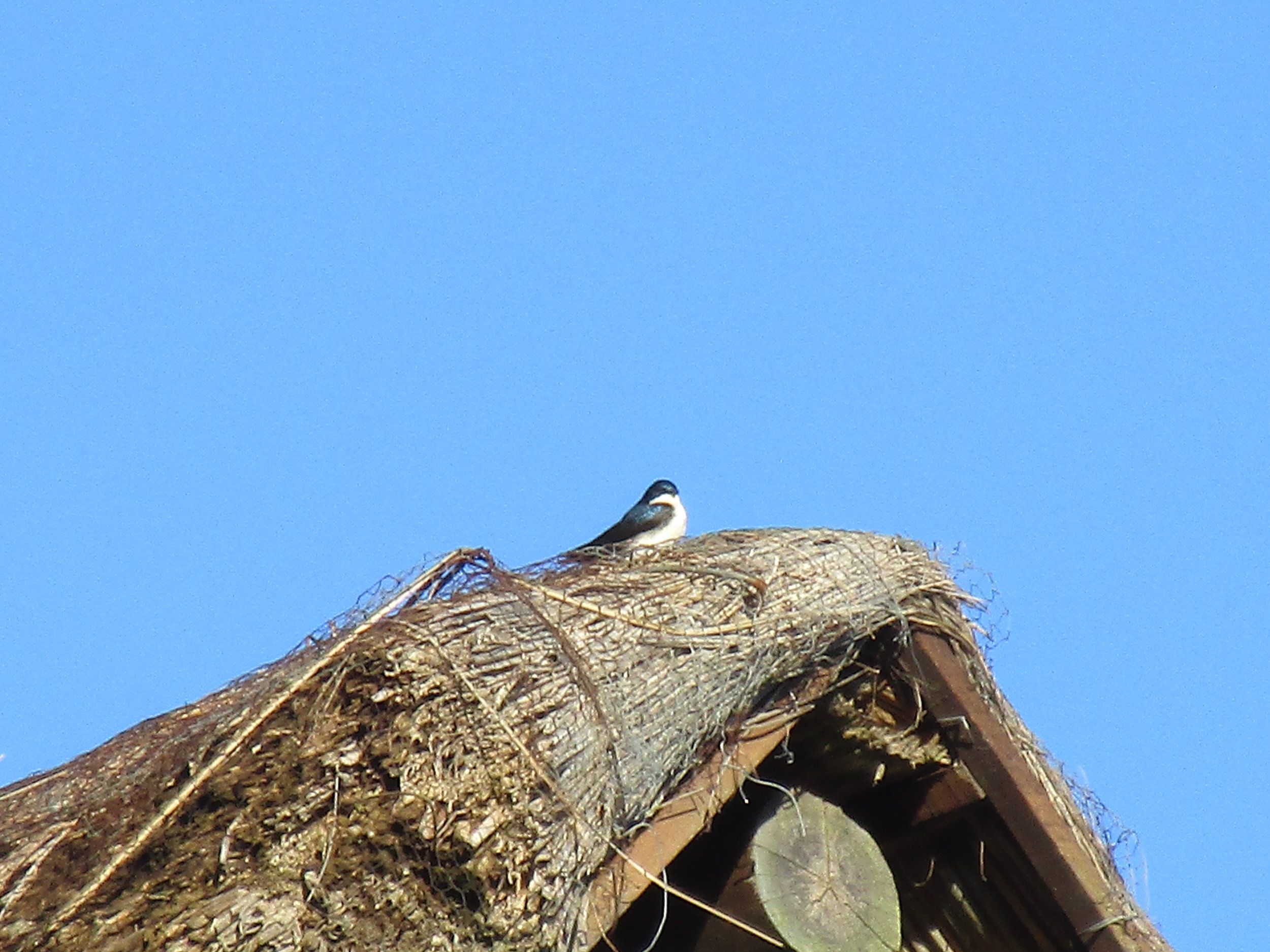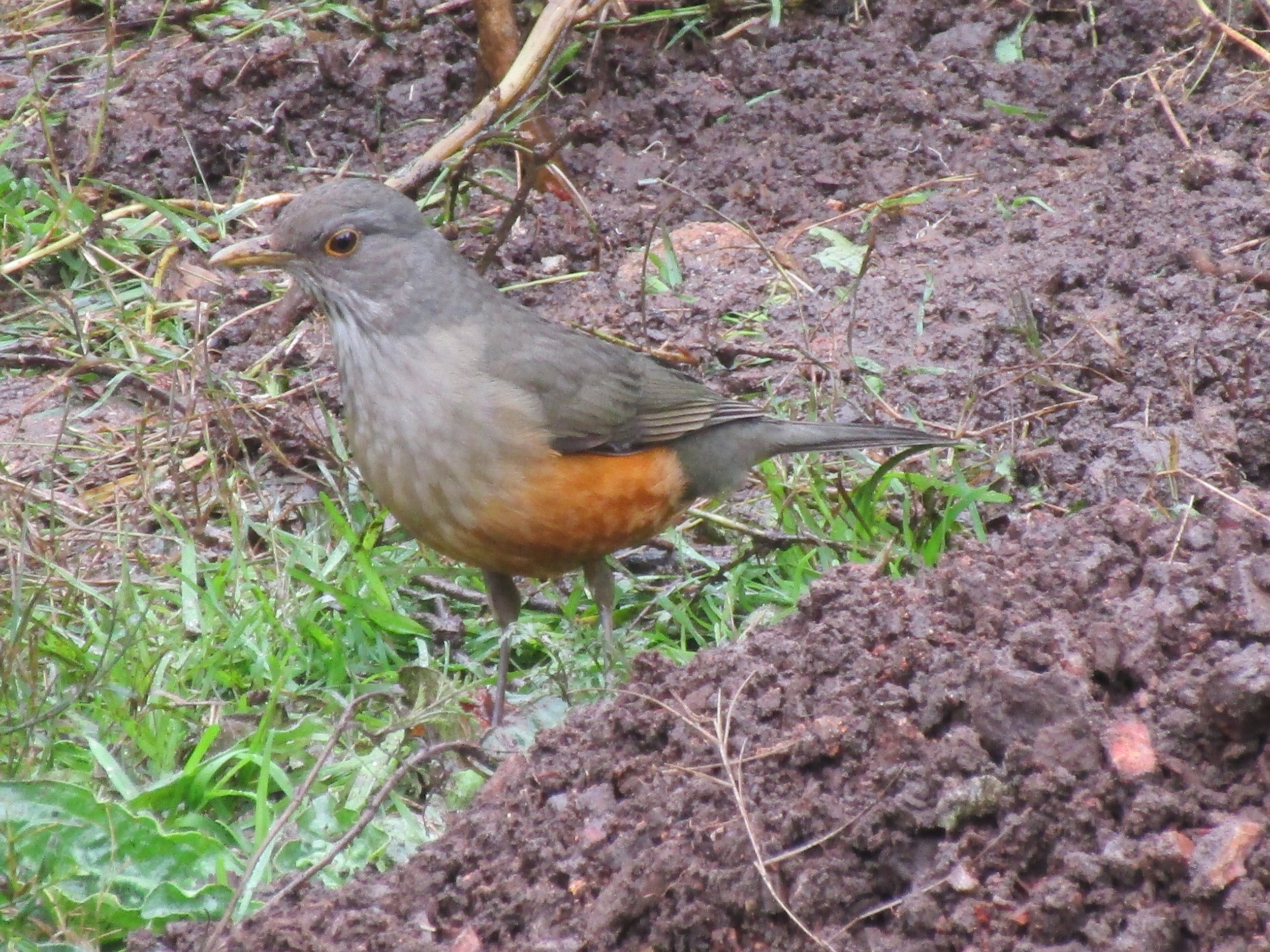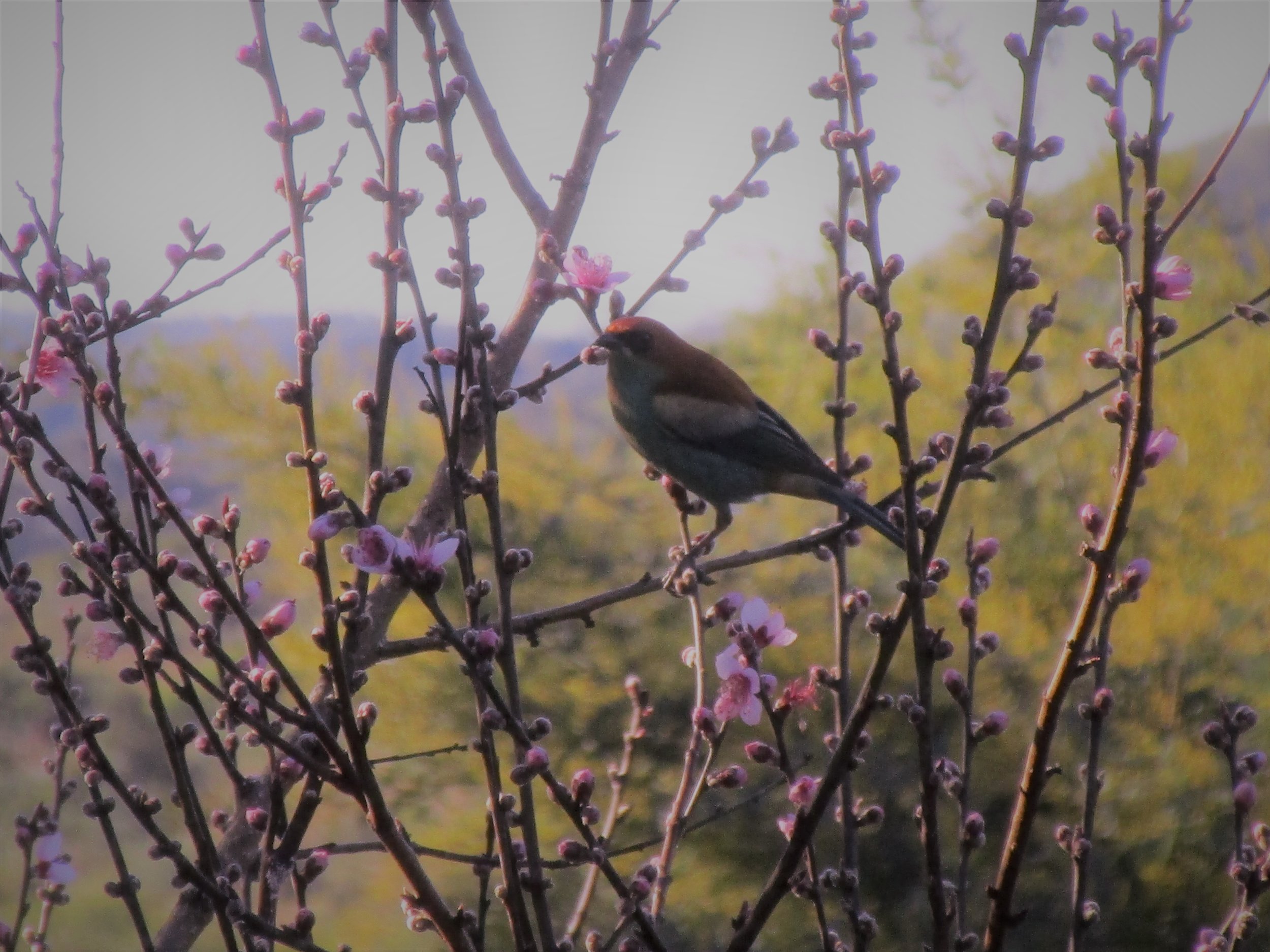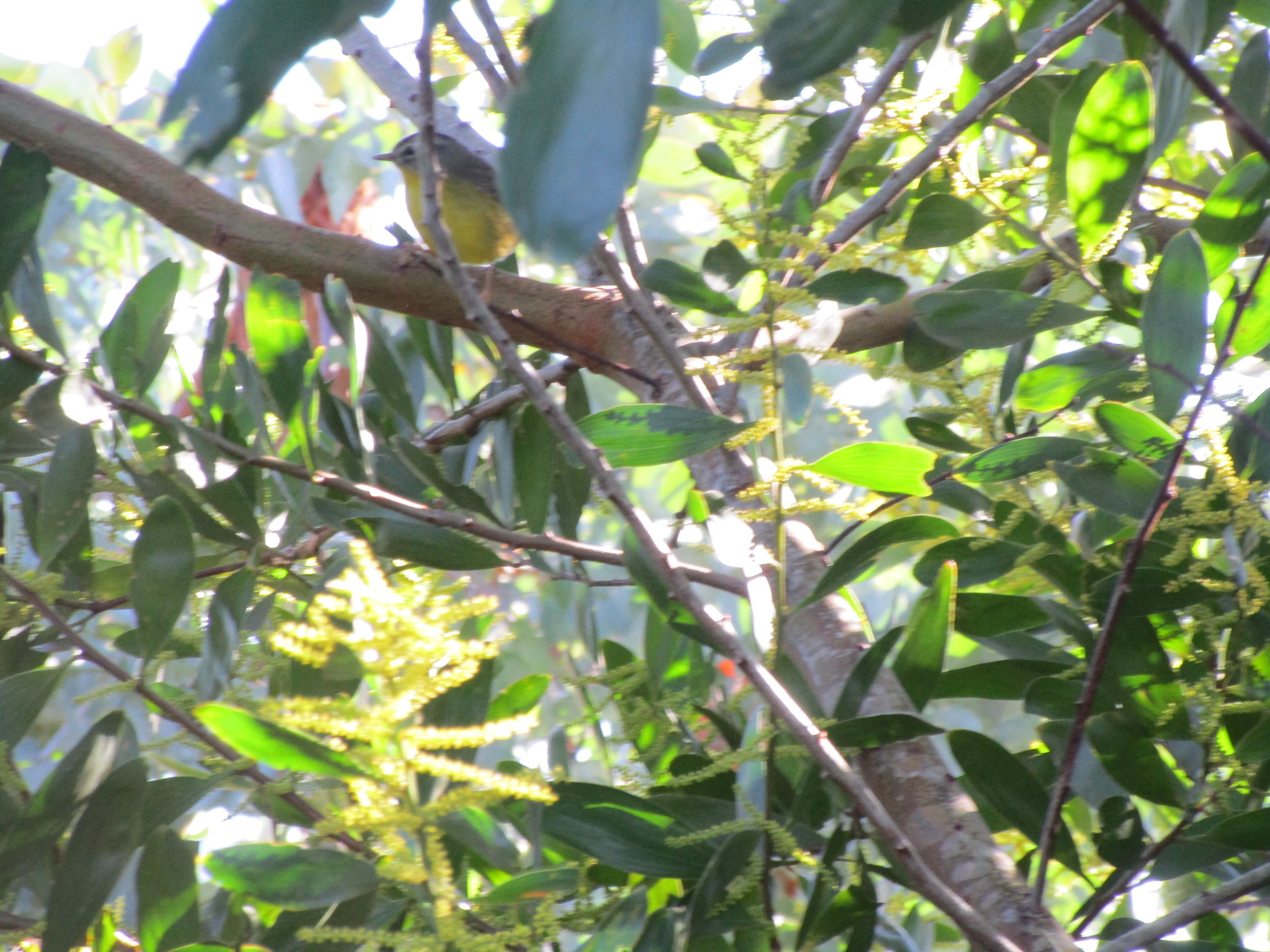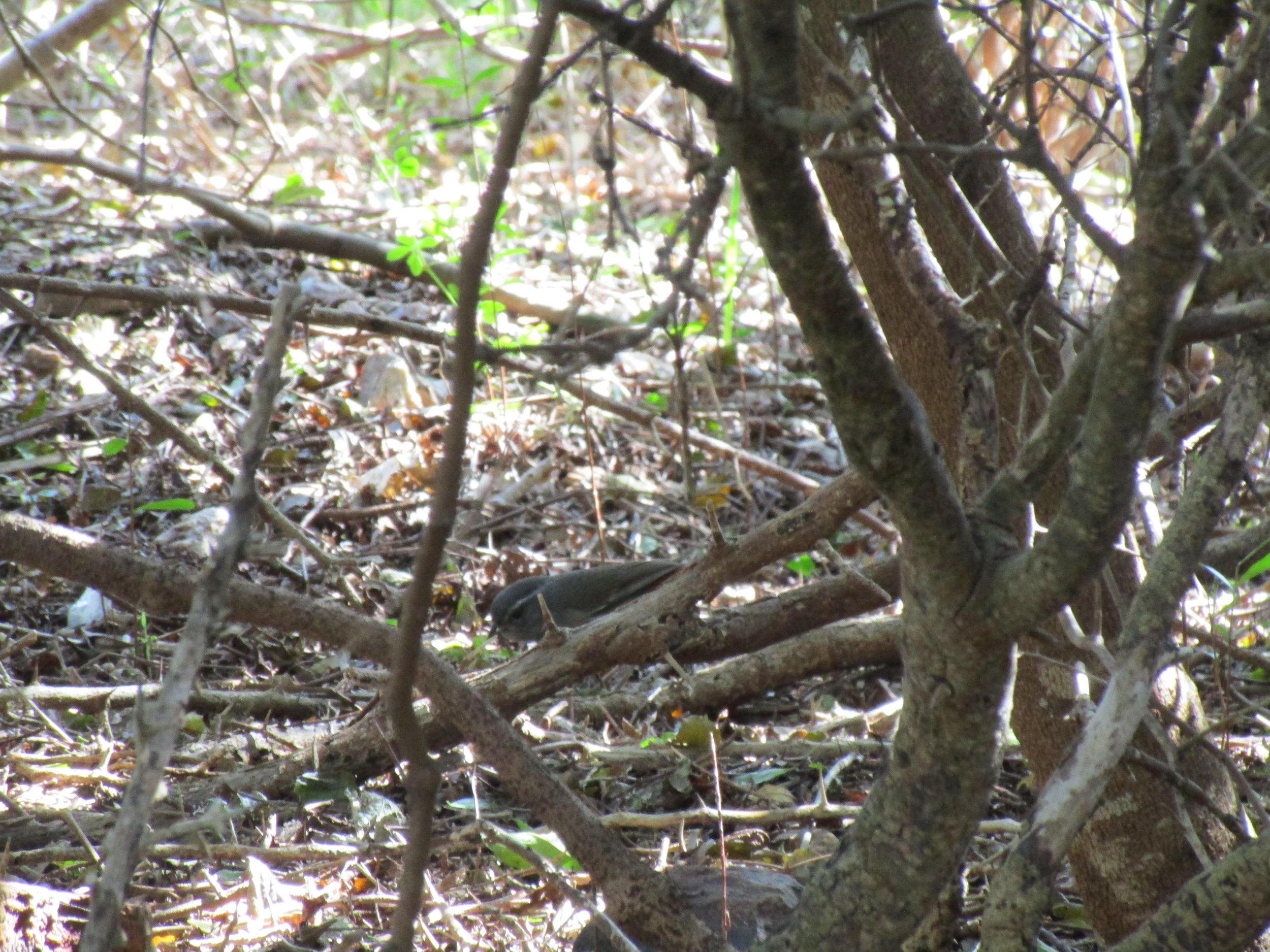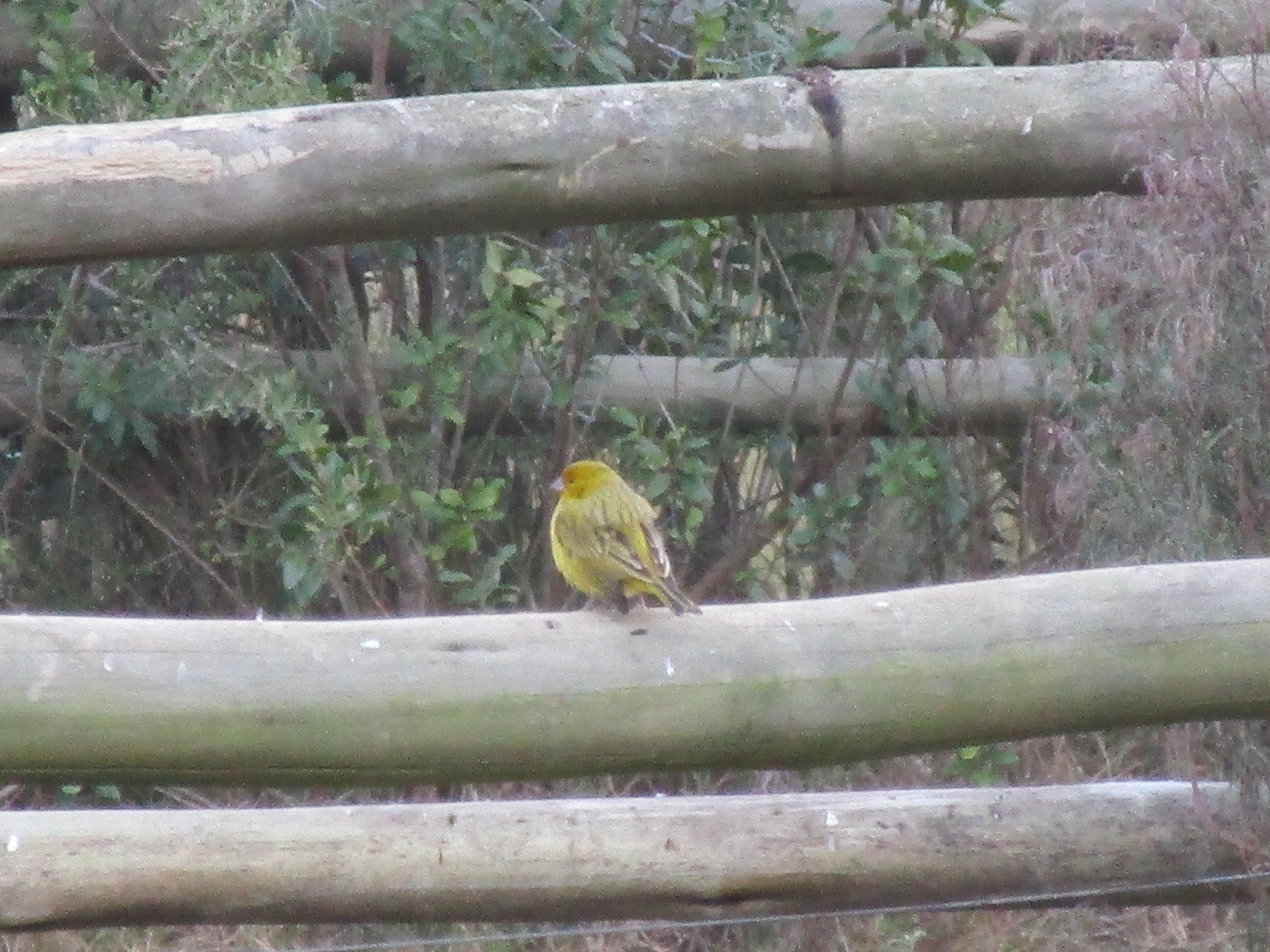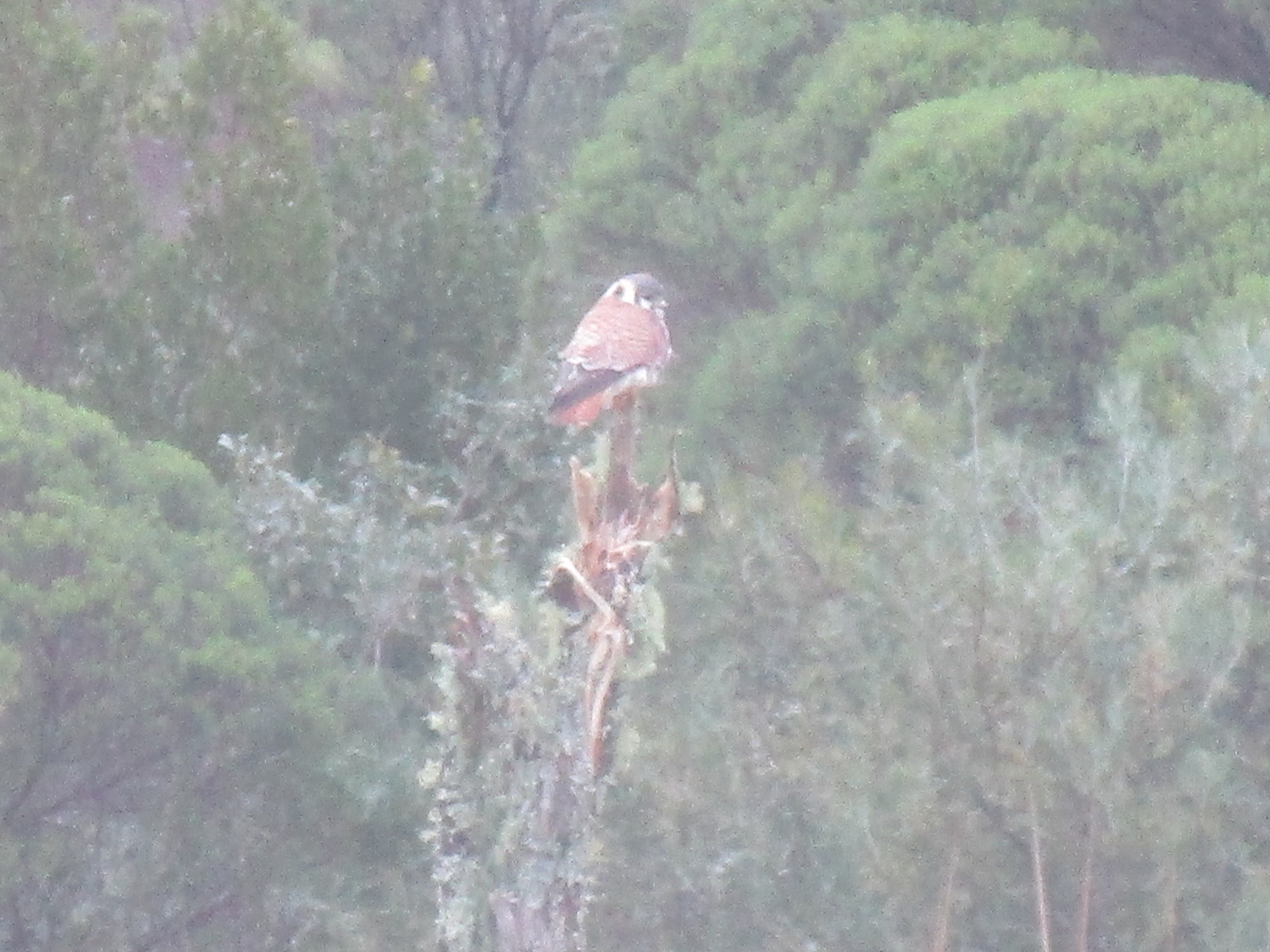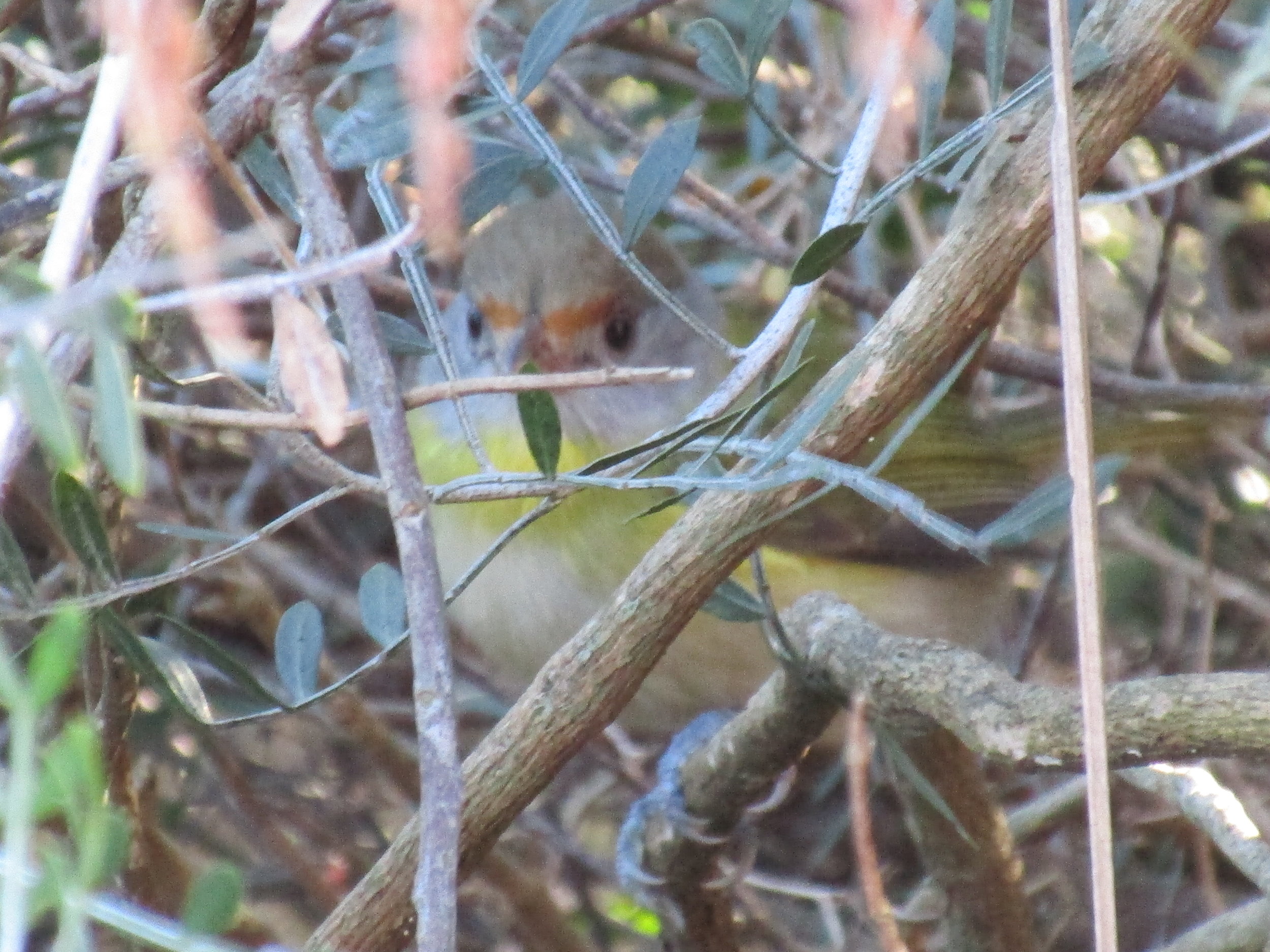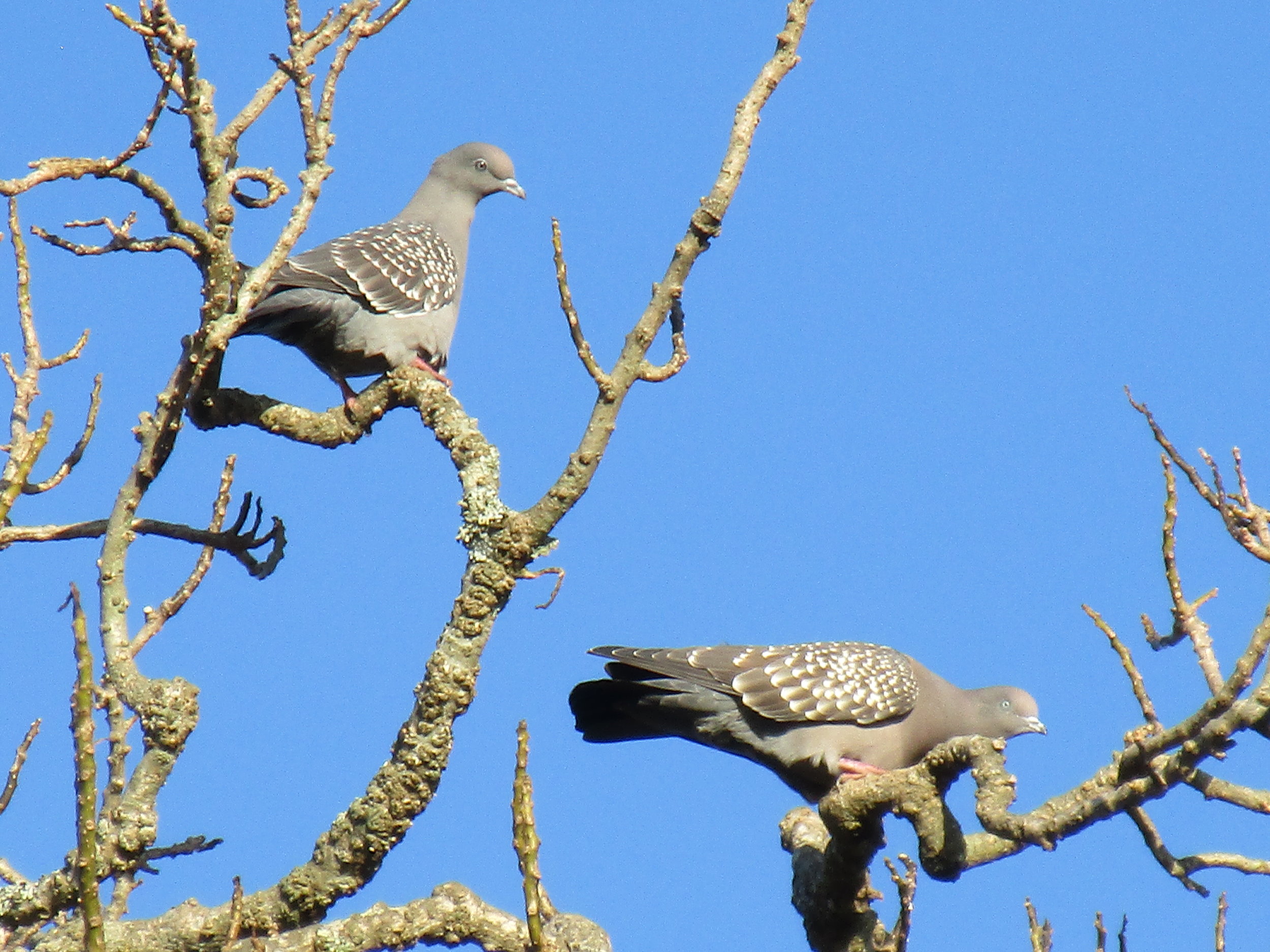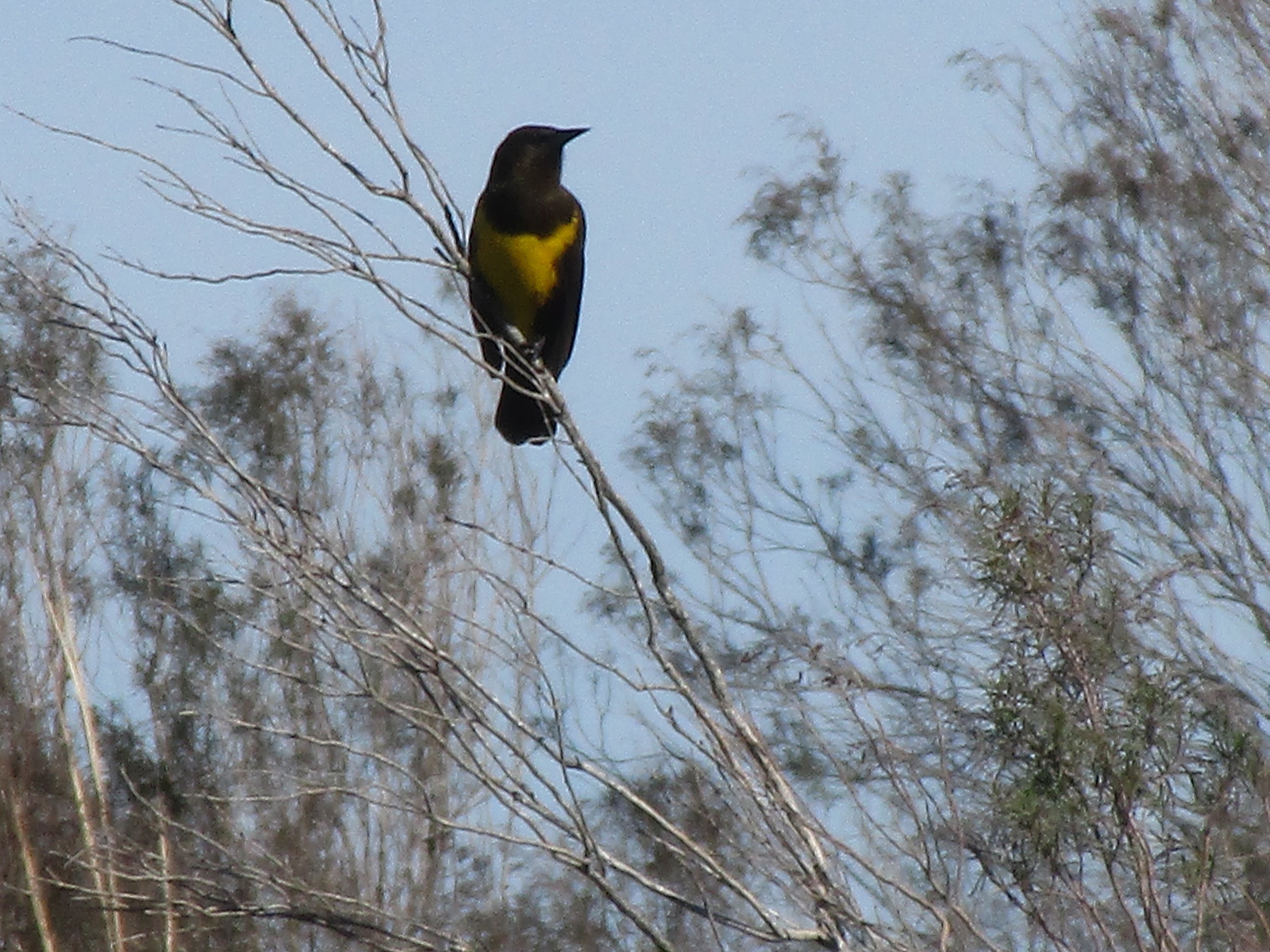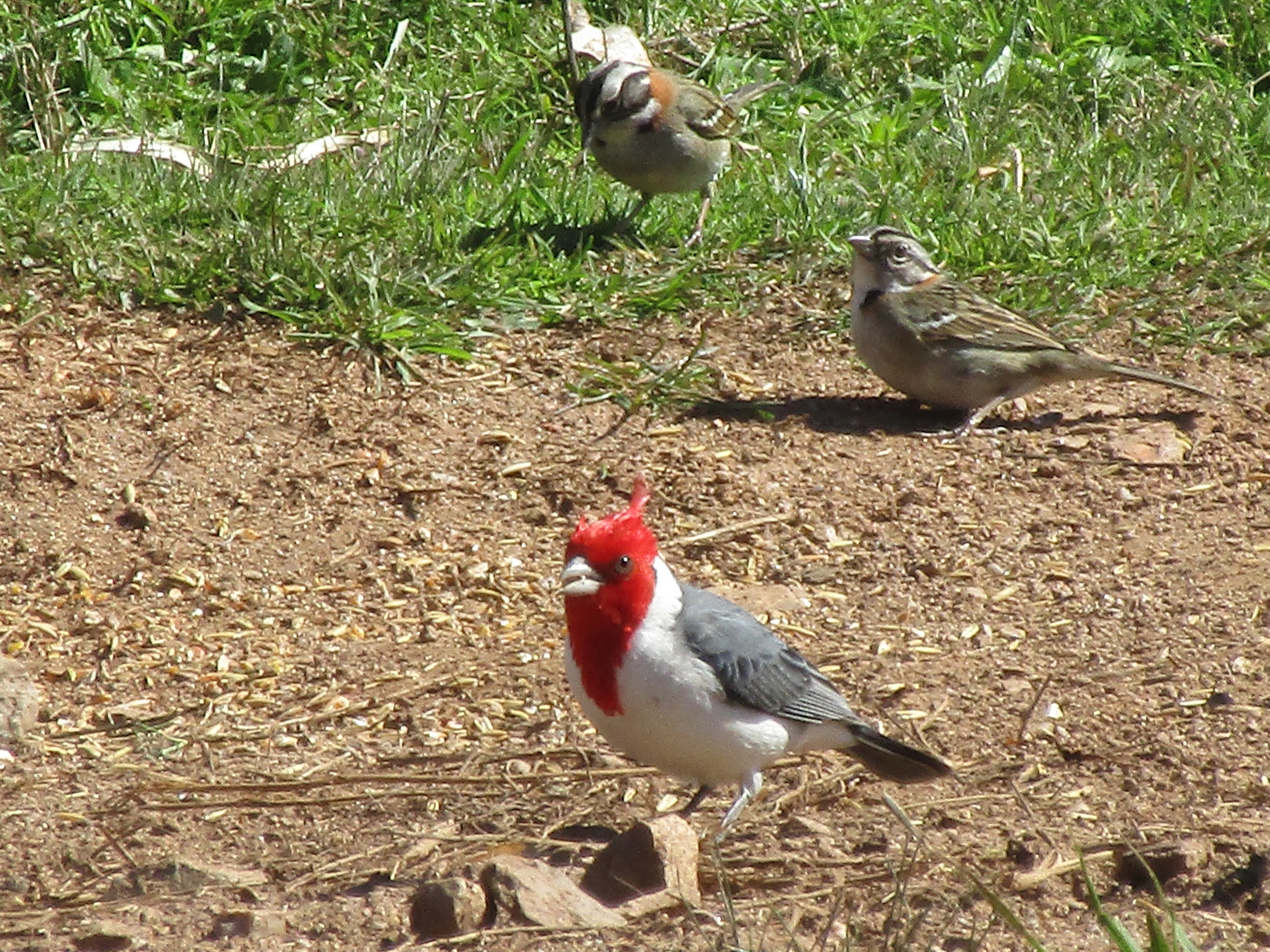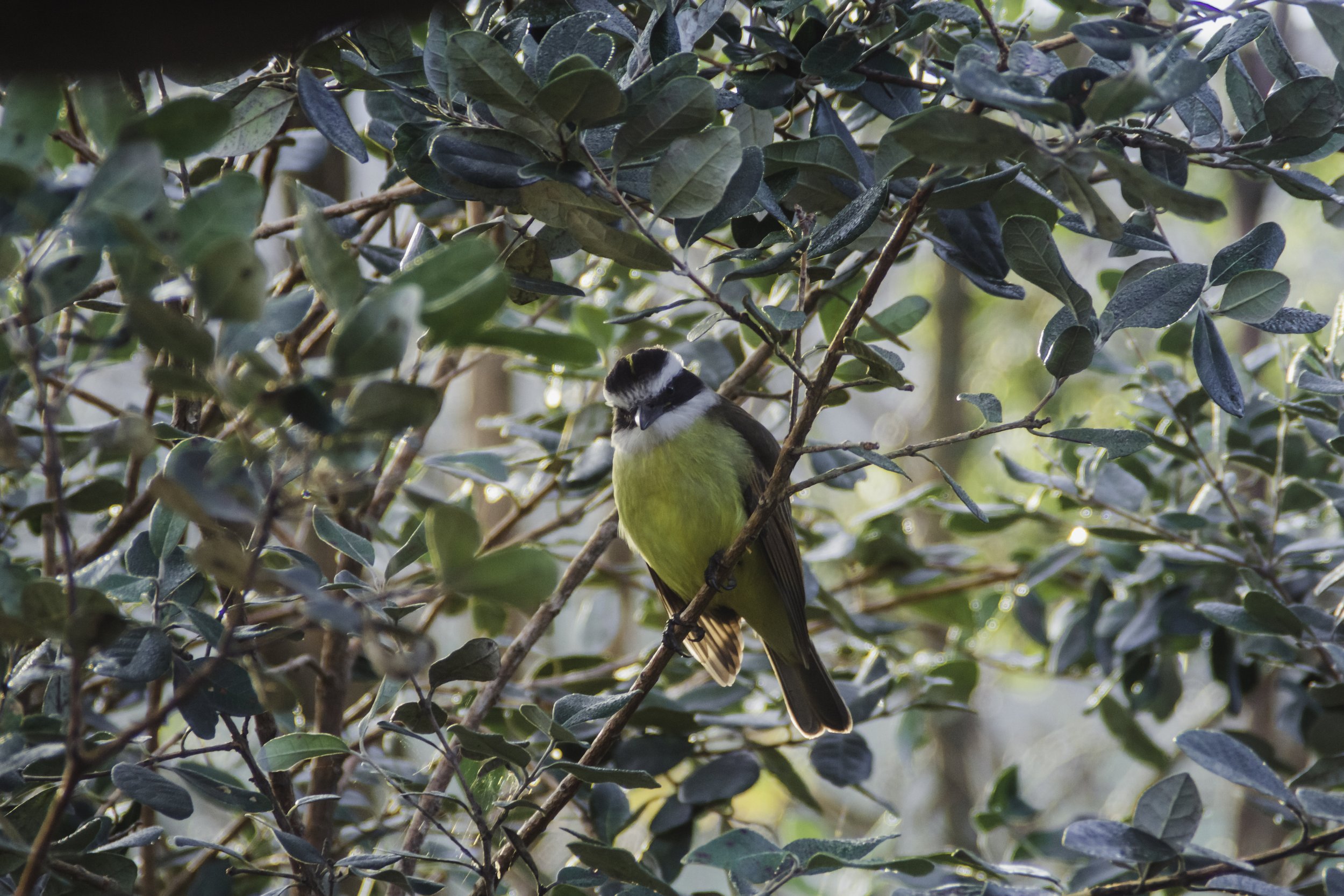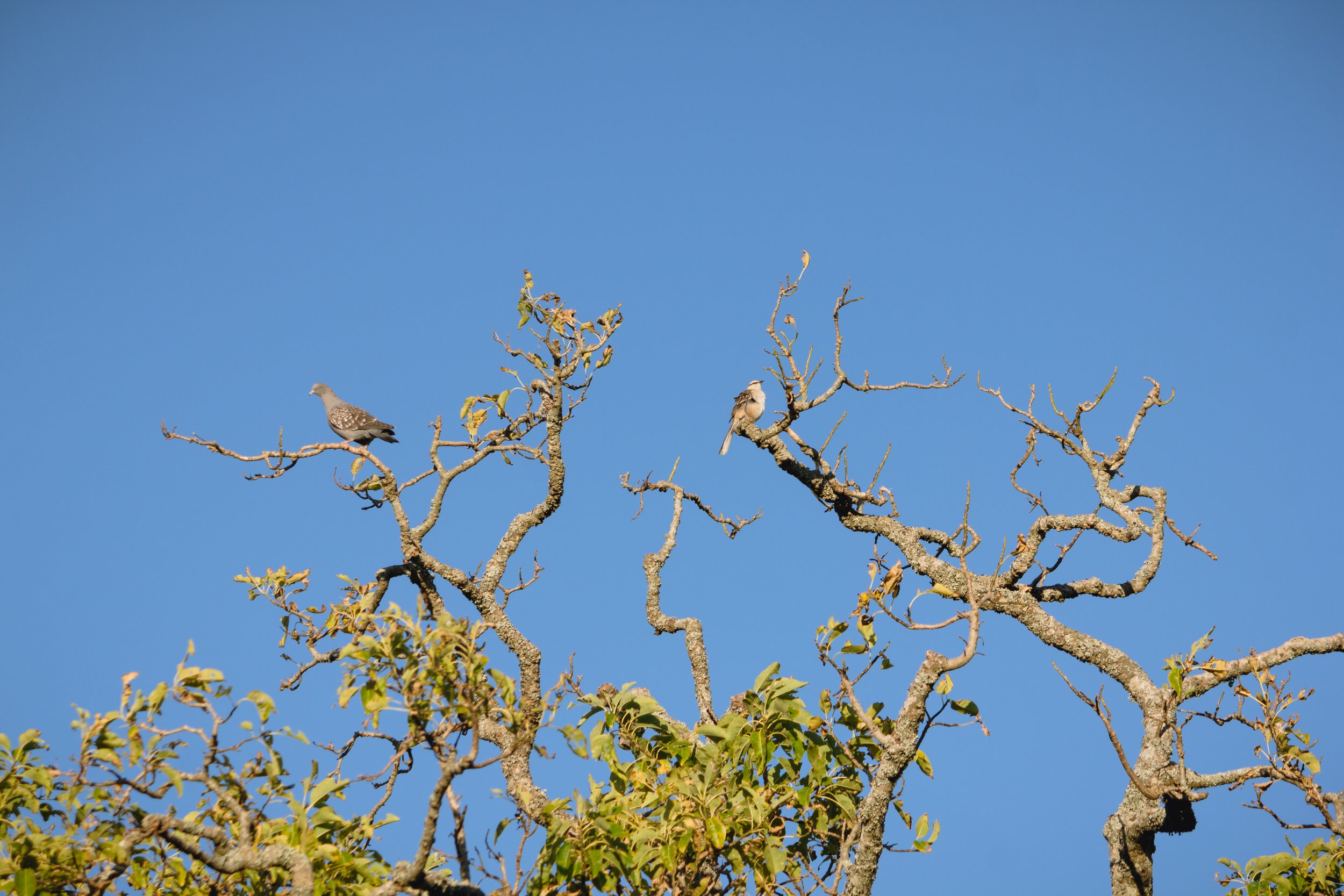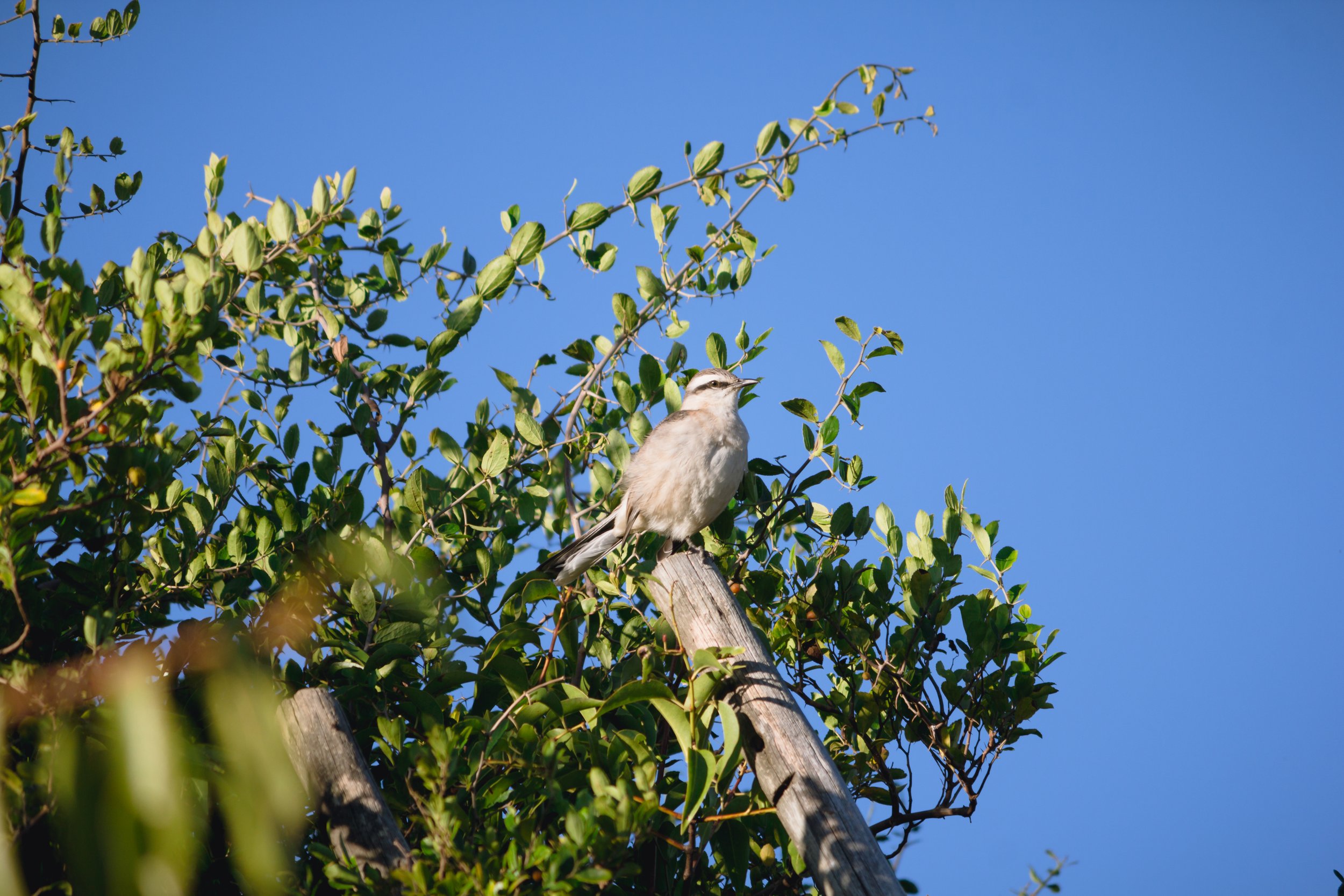HOME ABOUT US HORSE TREKKING HORSE TOURS ACCOMMODATION & FOOD RATES HORSEMANSHIP ACTIVITIES IN ROCHA CONTACT
ACTIVITIES IN URUGUAY
Whalewatching
In Rocha you can, with a little bit of luck, spot dolphins all year round. Also, Rocha is one of the few places in the world where you can spot humpback whales right off the beach, without having to hire a boat. Whale watching season at Rocha’s beaches is from middle of July through September. The closest beaches from where you can observe whales are less than an hour drive from our home. In season, we are more than willing to help you organize an unforgettable day of whale or dolphin watching.
Visit La Paloma
La Paloma and its beaches is located just an hour drive from Caballos de Luz. The quiet beach town offers hotels, hostels, and all kinds of little cafes and restaurants. And best of all: La Paloma offers a variety of beaches. Some of them calm and child friendly, some surfer friendly with impressive waves. All of them with wonderful sunset views!
If you’d like to go to the beach for a day rather than spend it riding horses, we are happy to take you.
Visit Cabo Polonio
Cabo Polonio is about 2 hours journey away and one of Uruguay’s gems. It houses a massive sea lion colony just a few meters off shore and has no public road to get there, so it still feels rather remote and exposed to wind and weather. That is... in off season.
In high season (January, February and March) we recommend it less, as its magic is no longer a secret and it attracts more than its fair share of visitors.
Accommodation and food is generally very rustic and overpriced, so you may consider a day trip.
Laguna de Rocha by canoe
The Laguna de Rocha is a protected area, where the ocean’s salt water mixes with sweet lagoon water, creating breeding ground for many fish and see critter, which again are an excellent food source for big amounts of migrating birds.
A must see for “birders”, it is yet completely undeveloped touristically - there are no guided tours. If you are interested in visiting, please let us know when you book your stay with us and we will try to track down the ranger for a private bird watching tour.
Montevideo
Montevideo is a laid-back city in Uruguay, well worth spending a couple of nights. My favorite neighborhoods to stay in Montevideo are Punta Carretas and Pocitos. The best thing to do is to stroll along the Rambla of Montevideo, especially in the late afternoon, when everyone and their dog is out running, biking, skateboarding—and of course, drinking mate.
For insider tips, check out Karen Higgs (@guruguay). She is an expert on everything happening in Montevideo Uruguay, especially the Montevideo music scene. She also shares excellent advice on Montevideo accommodation, immigration, and much more. (www.guruguay.com)
Bird watching
Caballos de Luz is also an amazing place for birdwatching while waiting for your horseback ride or maybe just by the pleasure of birdwatching itself. All year round it’s possible to see lots of different species of birds eating in our garden, waiting for the horses to drop some food on the ground, stealing the cat food, or maybe only minding their own business around the property.
LIST OF BIRDS OBSERVED ON OUR PROPERTY:
Tinamú de alas rojas (Rhynchotus rufescens)
Tirano terrestre de rostro oscuro (Muscisaxicola maclovianus)
Churrinche (Pyrocephalus rubinus)
Pinzón de caña de cola larga (Donacospiza albifrons)
Buitres cabeza roja (Cathartes aura) y negra (Coragyps atratus)
Reinita coronidorada (Basileuterus culicivorus)
Pava de monte (Penelope obscura)
Tero (Vanellus chilensis)
Cardenal de cresta roja (Paroaria coronata)
Golondrina ceja blanca (Tachycineta leucorrhoa)
Fiofío (Olivaceous Elaenia)
Paloma de alas manchadas (Patagioenas maculosa)
Hormiguero Cabecinegro (Percnostola rufifrons)
Cola de espina corona rayada (Cranioleuca pyrrhophia)
Naranjero (Rauenia bonariensis)
Colibrí dorado (Hylocharis chrysura)
Papamoscas rayado (Myiodynastes maculatus)
Dormilón tijereta (Dormilón tijereta)
Perdíz (Nothura moteada)
Halcón de carretera (Rupornis magnirostris)
Cernicalo americano (Falco sparverius)
Cotorra (Myiopsitta monachus)
Tyrannulet de cresta blanca (Serpophaga subcristata)
Carpintero de barras verdes (Colaptes melanochloros)
Carpintero de Campo (Colaptes campestroides)
Carpintero Nuca Roja (Colaptes melanochloros)
Hornero rufo (Furnarius rufus)
Pájaro espinoso pecoso (Phacellodomus striaticollis)
Alcaudón cejirufo (Cyclarhis gujanensis)
Sinsonte cejiblanco (Mimus saturninus)
Pitiayumí (Setophaga pitiayumi)
Gorrión (Zonotrichia capensis)
Cardenal azul (Stephanophorus diadematus)
Tangara de Lomo Castaño (Stilpnia preciosa)
Zorzal colorado (Turdus rufiventris)
Gran buho cornado (Bubo virginianus)
Pinzon azafran (Sicalis flaveola)
Pecho Amarillo Grande (Pseudoleistes guirahuro
Viudita blanca (Xolmis irupero)
Benteveo (Pitangus sulphuratus)
Zorzal cuelliblanco (Turdus albicollis)
Pinzón cantor de garganta gris (Certhidea fusca)
Paloma orejuda (Zenaida auriculata)
Pájaro carpintero blanco (Melanerpes candidus)
Tirano del ganado (Cattle tyrant)
Verdón (Embernagra platensis)
Ratonera (Troglodytes aedon)










